Sujeong Pharmacy [Tax Refund Shop] (수정약국)
6.6Km 2024-04-22
1F, 195, Jangchungdan-ro, Jung-gu, Seoul
-
Amourex Hotel
6.6Km 2020-06-25
19, Wangsimni-ro 20-gil, Seongdong-gu, Seoul
+82-2-2292-7634
Amourex Hotel is for both business travelers and tourists. It takes 20 minutes by car to Seoul’s major attractions such as Dongdaemun market, Myeongdong, and the Seoul City Hall. It is also close to Wangsimni Subway Station (line 1). The hotel offers comfortable guestrooms and services. The hotel’s Japanese Restaurant provides an upscale atmosphere for successful business meetings.
Olive Young - Sookmyung Women’s Univ. Branch [Tax Refund Shop] (올리브영 숙대)
6.6Km 2024-04-18
19, Cheongpa-ro 45-gil, Yongsan-gu, Seoul
-
Namsangol Hanok Village (남산골한옥마을)
6.6Km 2025-07-14
28 Toegye-ro 34-gil, Jung-gu, Seoul
Namsangol Hanok Village opened in 1998 on the northern side of Namsan Mountain in the center of the capital. This village has five restored hanok (traditional Korean house) premises, a pavilion, a traditional garden, a performance art stage, and a time capsule plaza, making it a perfect spot for locals and tourists to take a leisure walk. Upon entering from the front gate, visitors will get a taste of Korea's traditional life while escaping from bustling city life. The traditional garden with its pavilion and old houses creates a peaceful ambiance before the forested Namsan Mountain. A time capsule commemorating Seoul’s 600th anniversary was buried in 1994 at the highest point of the village and is scheduled to be reopened 400 years later in 2394.
The five hanok premises at Namsangol Hanok Village once belonged to aristocrats and government officials of the Joseon dynasty. Each house was originally located in a different neighborhood, but they were all moved to this area and restored to their original form. The houses were rebuilt using their original materials, except for one house, where the materials were too old and deteriorated to be reused. The premises were carefully restored and replicated according to their original form to depict the owners’ social class and personality. These buildings are now used as an exhibit to portray the living environment during the Joseon dynasty and as a venue for educational and cultural programs for children and tourists.
Some of the unique programs and activities to participate in include wearing hanbok, folding hanji (traditional Korean paper), writing in Korean, traditional tea ceremony, traditional etiquette school, and herbal medicine experience. There are also taekwondo demonstrations and other various performances held around the village. Visitors can also try traditional games such as yunnori (traditional board game), or understand more about the area through a guided tour.
Pildong Myeonok (필동면옥)
6.6Km 2024-03-07
26, Seoae-ro, Jung-gu, Seoul
+82-2-2266-2611
Pildong Myeonok specializes in authentic pyeongyang naengmyeon (pyeongyang cold buckwheat noodles). Their signature dish is Pyeongyang naengmyeon (Pyeongyang cold buckwheat noodles), which has a light and refreshing broth and chewy noodles. Mandu and Mandut guk (Mandu soup) are also popular dishes to go with it. Having been selected for the Michelin Guide Seoul 2023, this restaurant is a favorite among locals and tourists alike for its flavorful noodles.
Korean Children’s Center Snow Sledding Field (어린이회관 눈썰매장)
6.6Km 2021-02-10
441, Gwangnaru-ro, Gwangjin-gu, Seoul
+82-1800-5309
The Korean Children's Center has a many subsidiary facilities as well as its excellent snow sledding field. The center has something for the entire family, offering various performances and recreation activities.
Seoul Upcycling Plaza (서울새활용플라자)
6.6Km 2024-01-05
49 Jadongchasijang-gil, Seongdong-gu, Seoul
Saehwaryong is a Korean term for upcycling, a process of redesigning or recycling discarded resources or materials to give them a new value or purpose. Seoul Upcycling Plaza operates upcycling-related exhibitions, upcycling practice education and experience programs, design studios, upcycling stores, workshops, and more. It is a great place to look around for ideas and inspirations on how to use products for longer periods of time. The plaza demonstrates the first step to creating a resource-recycling society.
Philkyungjae (필경재)
6.6Km 2024-03-07
205, Gwangpyeong-ro, Gangnam-gu, Seoul
+82-2-445-2115
Philkyungjae is a restaurant serving traditional Korean cuisine served in the royal courts of Joseon. Its course menu includes jeonbokjuk (abalone porridge), bossam (napa wraps with pork), sogogi japchae (beef japchae), tteokgalbi (grilled galbi patties), and hanu yukhoe (Korean beef tartare). There are five courses on offer. All five courses are available during lunch, while dinnertime limits the selection to three. The restaurant is housed in a traditional house and garden dating back to the Joseon Dynasty (1392-1910), so guests can enjoy the architectural beauty of Korea with Korean flavors. Reservations can be placed through telephone.
9ounce Burger (나인온스버거)
6.7Km 2021-03-26
109, Gwanak-ro 12-gil, Gwanak-gu, Seoul
+82-70-8692-9020
It is a restaurant serving authentic American homemade burger. This restaurant's signature menu is house-made burger. This Western dishes restaurant is located in Gwanak-gu, Seoul.
Ahn Junggeun Memorial Museum (안중근의사기념관)
6.7Km 2024-03-06
91, Sowol-ro, Jung-gu, Seoul
82-2-3789-1016
The Ahn Junggeun Memorial Museum honors the memory of Ahn Junggeun (1879-1910), an independence activist and soldier who advocated for Korean independence and peace in Asia. He fought against the Japanese to defend the Korean Empire (1897-1910). He was executed in 1910 for assassinating Hirobumi Ito, the Japanese who led the invasion of Korea in 1909, in Harbin, China.
![Sujeong Pharmacy [Tax Refund Shop] (수정약국)](http://tong.visitkorea.or.kr/cms/resource/57/2878757_image2_1.jpg)
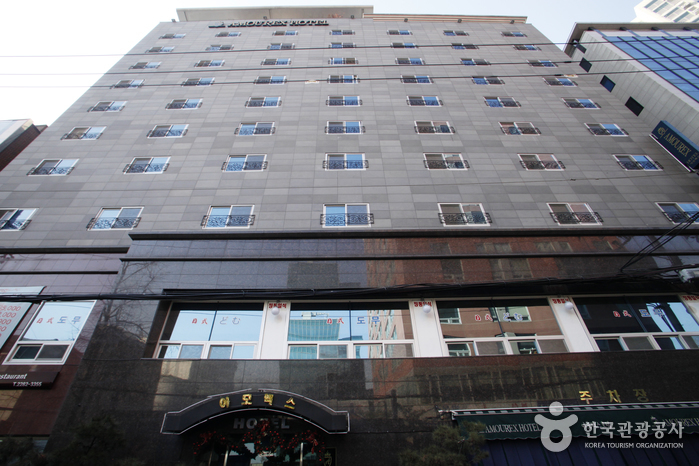
![Olive Young - Sookmyung Women’s Univ. Branch [Tax Refund Shop] (올리브영 숙대)](http://tong.visitkorea.or.kr/cms/resource/25/2889625_image2_1.jpg)
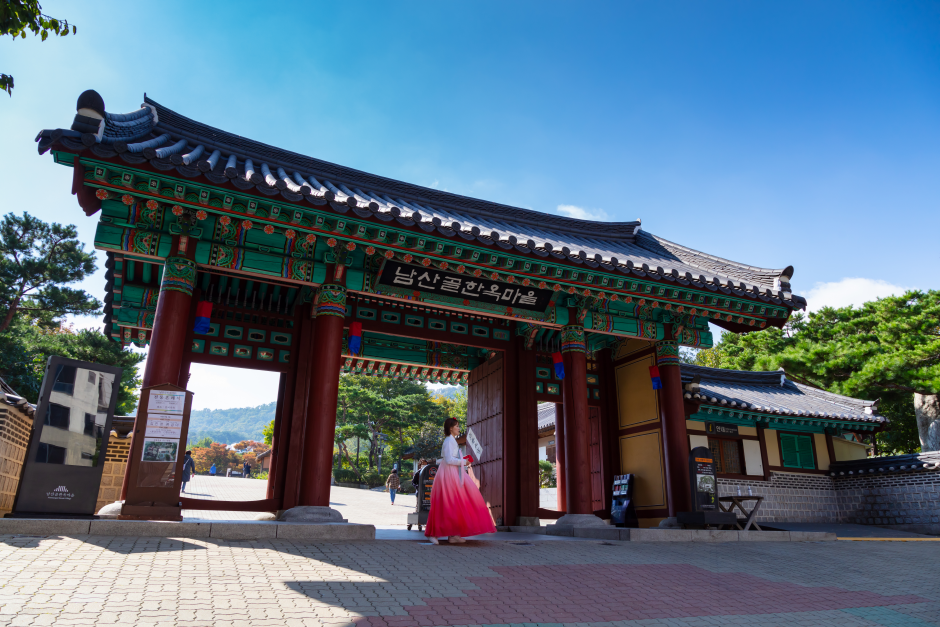
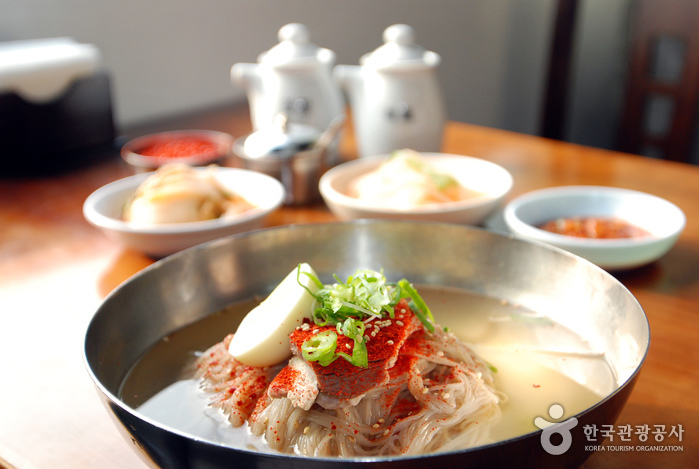
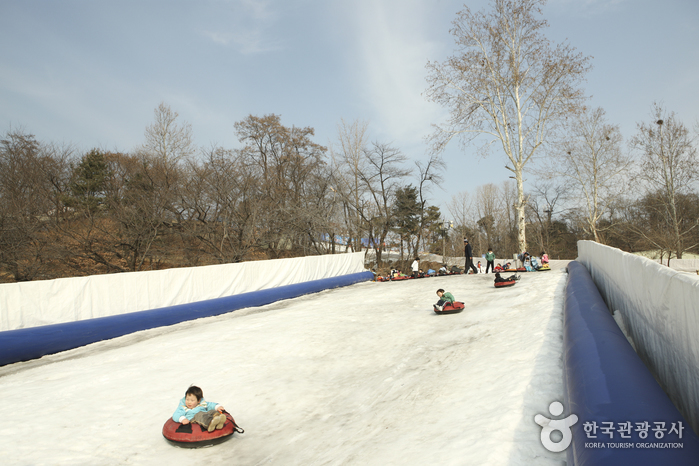

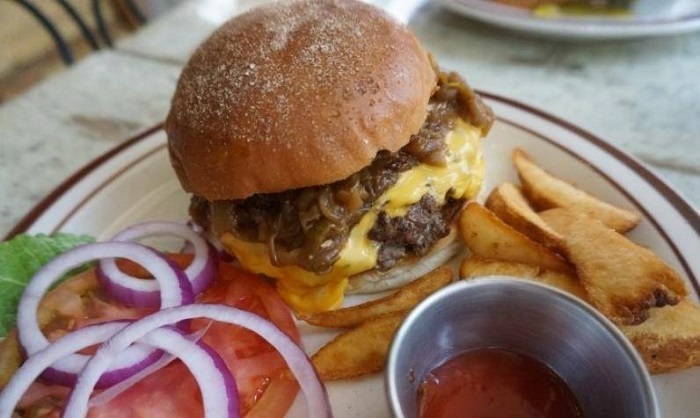
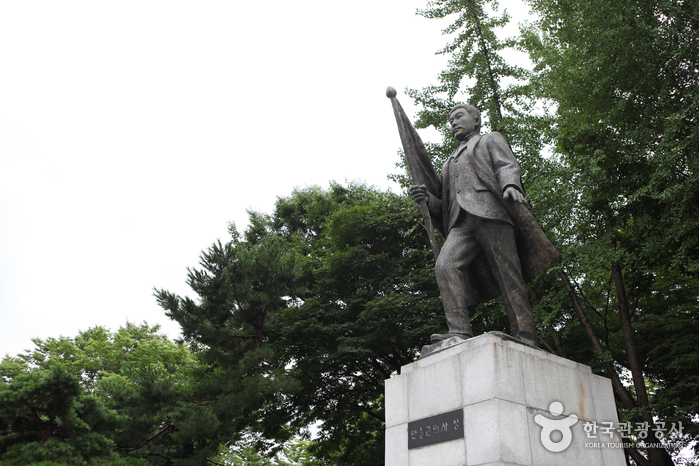
 English
English
 한국어
한국어 日本語
日本語 中文(简体)
中文(简体) Deutsch
Deutsch Français
Français Español
Español Русский
Русский